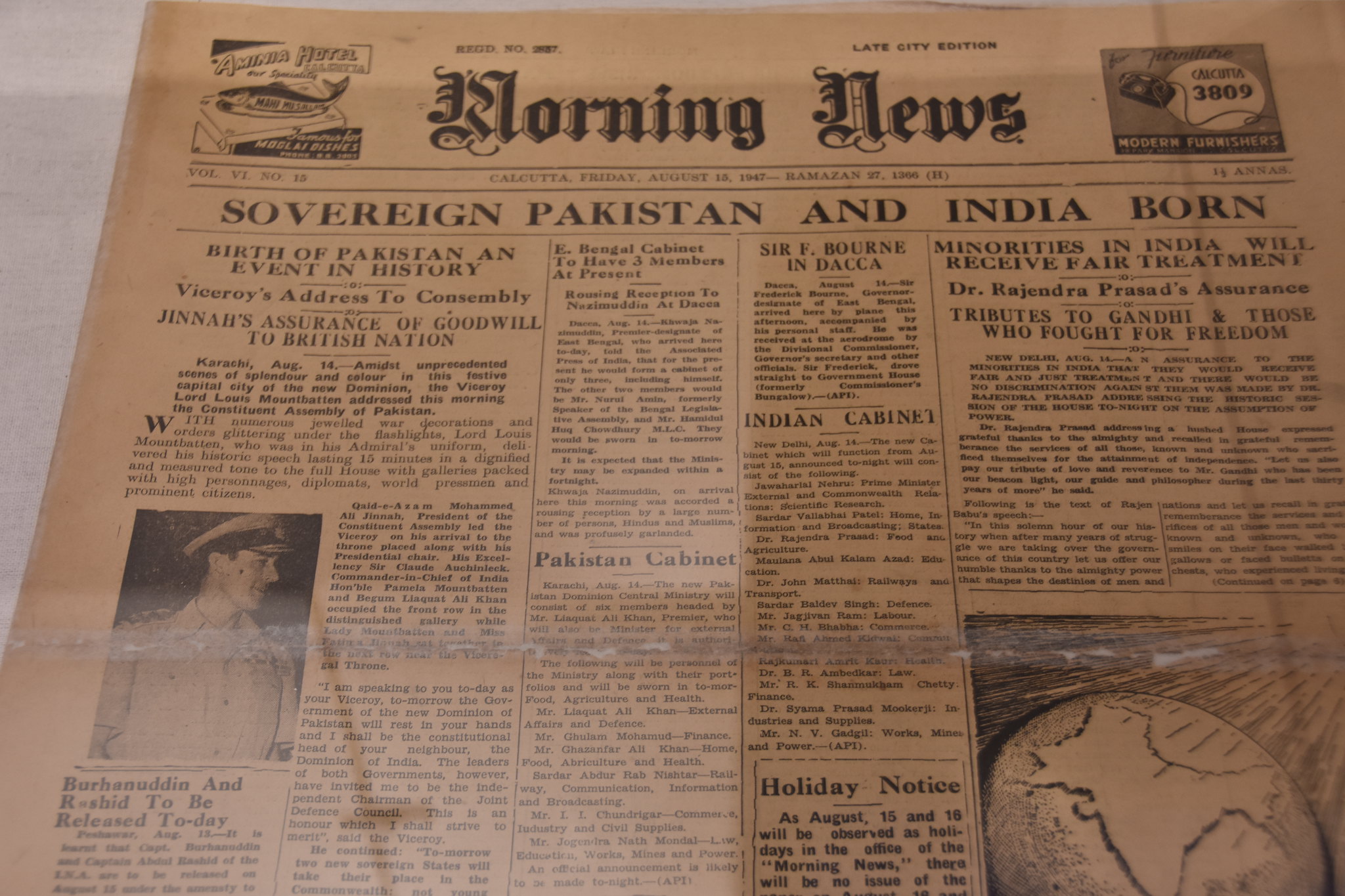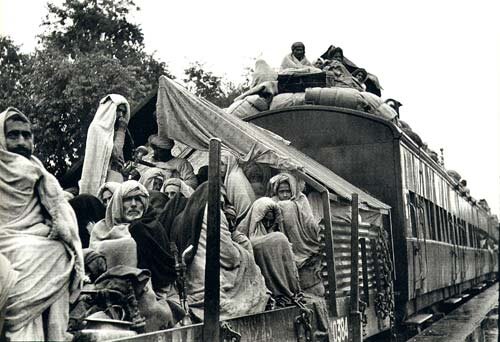The partition of India in 1947 was a pivotal moment in the country's history. It marked the end of British colonial rule and the creation of two independent states: India and Pakistan. The partition was accompanied by unprecedented violence and suffering, and its impact continues to be felt today.
One of the most significant impacts of the partition was the mass migration of people across the newly-drawn border. Hindus and Sikhs living in what became Pakistan fled to India, while Muslims living in India migrated to Pakistan. This led to the largest mass migration in human history, with millions of people traveling on foot, by train, and by boat.
The mass migration was accompanied by widespread violence and communal strife. Hindus, Sikhs, and Muslims were targeted by mobs and killed in large numbers. Women were particularly vulnerable, and there were numerous reports of rape and abduction. The violence was fueled by decades of religious and political tensions, as well as by the fear and mistrust that had developed between the different communities.
The partition also had economic consequences. Many people lost their homes, businesses, and livelihoods as a result of the migration. The sudden influx of refugees put a strain on the already-limited resources of the newly-formed countries. The economic disruption caused by the partition contributed to widespread poverty and instability in the region.
In the decades following the partition, India and Pakistan have had a tumultuous relationship. The two countries have fought several wars and have been involved in numerous disputes, particularly over the disputed region of Kashmir. The legacy of the partition has also been a source of tension within both countries, as many people continue to harbor resentment and mistrust towards those from the other side of the border.
Despite these challenges, the partition of India also had some positive outcomes. It led to the creation of two independent, sovereign nations that have been able to shape their own destinies. Both India and Pakistan have made significant progress in the decades since independence, and have emerged as major players on the global stage.
In conclusion, the partition of India had a profound and lasting impact on the region and its people. It resulted in widespread suffering and violence, and continues to be a source of tension between India and Pakistan. However, it also paved the way for the creation of two independent nations, and has allowed for the development and growth of both countries.







